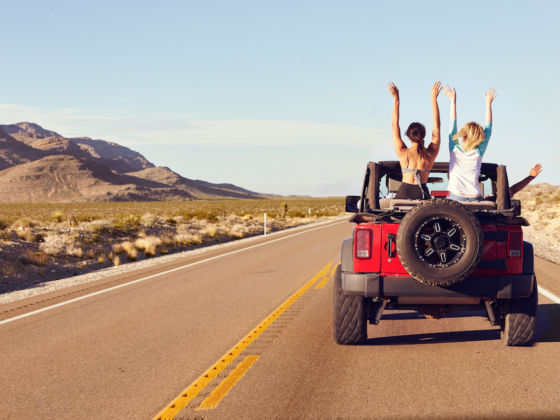Road-tripping is not just an activity; it’s a mood. Sometimes, when the urge strikes to load up the car and just keep on driving, even the destination itself is an afterthought. Like the old adage says, road trips are all about the journey.
But even the most spontaneous drives benefit from a little planning, whether that means outfitting your car for optimal safety or stuffing a few handy accessories into your glove compartment. Next time you’re in the mood to hit the road, heed these tips for getting your car road-trip-ready to ensure your journey is unforgettable in all the right ways.
